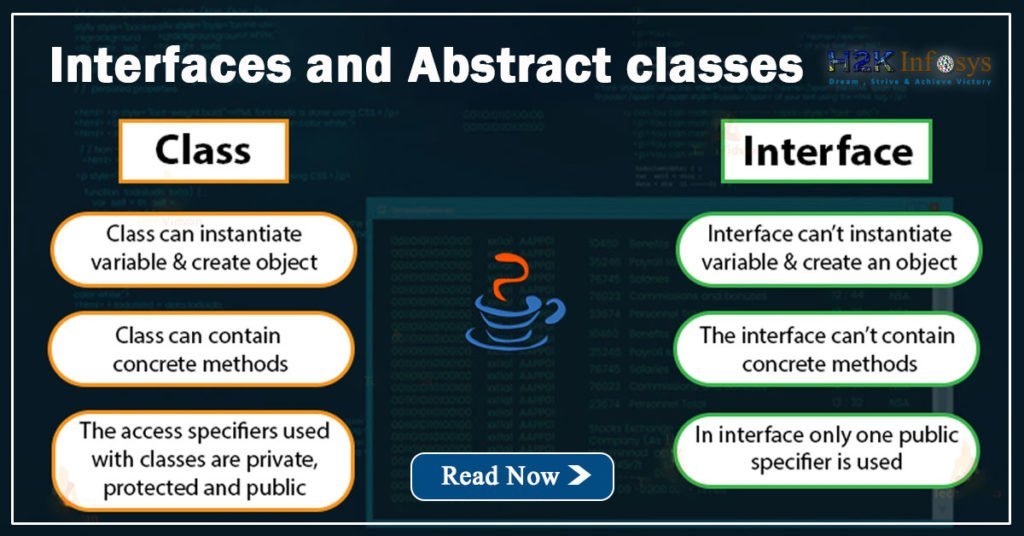Asynchronous and event-driven programming are the main components of the programming paradigm known as Java Reactive Programming. Given the popularity of contemporary web applications and the demand for real-time data processing, reactive programming was created to manage streams of data and events. Reactive programming is supported by a number of libraries and frameworks in Java, a popular language for enterprise applications.
Reactive programming in Java, its advantages, and some well-known Java frameworks and libraries that enable it will all be covered in this article. Check out the Java online course to learn more.
Benefits of Reactive Programming
Particularly in the context of contemporary web applications, reactive programming has a number of advantages over classic imperative programming. The following are some advantages of reactive programming:
- It is non-blocking and asynchronous.
Reactive programming is ideal for managing asynchronous and non-blocking jobs since it is built to manage streams of data and events. Asynchronous tasks are those that operate separately from the main thread, allowing the main thread to proceed with other tasks without being blocked. Non-blocking tasks are those that don’t obstruct the main thread, allowing them to run concurrently with other tasks.
- Scalability
Because it can manage numerous concurrent connections and events, reactive programming is scalable. By using reactive programming, you can efficiently handle a lot of connections and events without using a lot of memory or CPU.
- Resilience
Reactive programming is made to smoothly manage failures and errors. By offering non-blocking ways for addressing mistakes and failures, reactive programming enables you to create applications that are resilient to them.
- Performance
In order to maximise performance, reactive programming reduces the overhead of synchronisation and context switching. Because it offers methods for effectively managing streams of data and events, reactive programming enables you to create performant applications.
Popular Java Frameworks and Libraries for Reactive Programming
Here are some common Java frameworks and libraries that support reactive programming:
- Spring WebFlux
A reactive web framework called Spring WebFlux is used to create non-blocking, event-driven web applications. Reactive streams are supported by the Reactor library, which Spring WebFlux is built upon.
With Spring WebFlux, you can create responsive web applications using the Spring platform, a well-liked Java platform for creating business applications. Both reactive WebSocket applications and reactive RESTful web services can be built with Spring WebFlux.
- Reactor
Reactor is a Java library for reactive programming that supports reactive streams. Reactor offers a set of abstractions for working with reactive streams and is built to manage streams of data and events.
Imperative, declarative, and functional programming models are just a few of the programming paradigms that Reactor supports for creating reactive applications. Many additional Java frameworks and libraries, such as Spring WebFlux, Akka, and Vert.x, depend on Reactor.
- Akka
For creating highly parallel, distributed, and fault-tolerant applications, use the Akka toolkit and runtime. The Actor model, a message-passing concurrency paradigm, is used by Akka to support reactive programming.
You can use a number of programming models, such as imperative, declarative, and functional programming, with Akka to create reactive applications. Scala and Java reactive application development are supported by Akka.
- Vert.x
A toolkit called Vert.x is used to create reactive apps on the JVM. Vert.x offers a set of abstractions for working with reactive streams and supports the development of non-blocking, event-driven applications.
You can use a range of programming styles, such as imperative, declarative, and functional programming, with Vert.x to create reactive apps. Web apps, microservices, and Internet of Things (IoT) applications are all built using Vert.x.
The processing of the data stream is done asynchronously and without blocking, which is an important aspect of reactive programming. The values are delivered independently to each subscriber, and neither they nor the main thread is blocked. This is the core of Java’s reactive programming.
Conclusion
For managing asynchronous and event-driven programming in Java, reactive programming is a strong paradigm. Reactive programming has many advantages, including scalability, robustness, and performance, and it is supported by a number of well-known Java frameworks and libraries, including Spring WebFlux, Reactor, Akka, and Vert.x.
Modern web applications, where real-time data processing and scalability are essential, increasingly rely on reactive programming. Knowing reactive programming and the tools and frameworks available can help Java developers take advantage of its advantages. More improvements in reactive programming are anticipated in the future given the prominence of Java in enterprise applications and the emergence of reactive programming. You can enroll in a Java online tutorial to learn more about Reactive Programming.


























